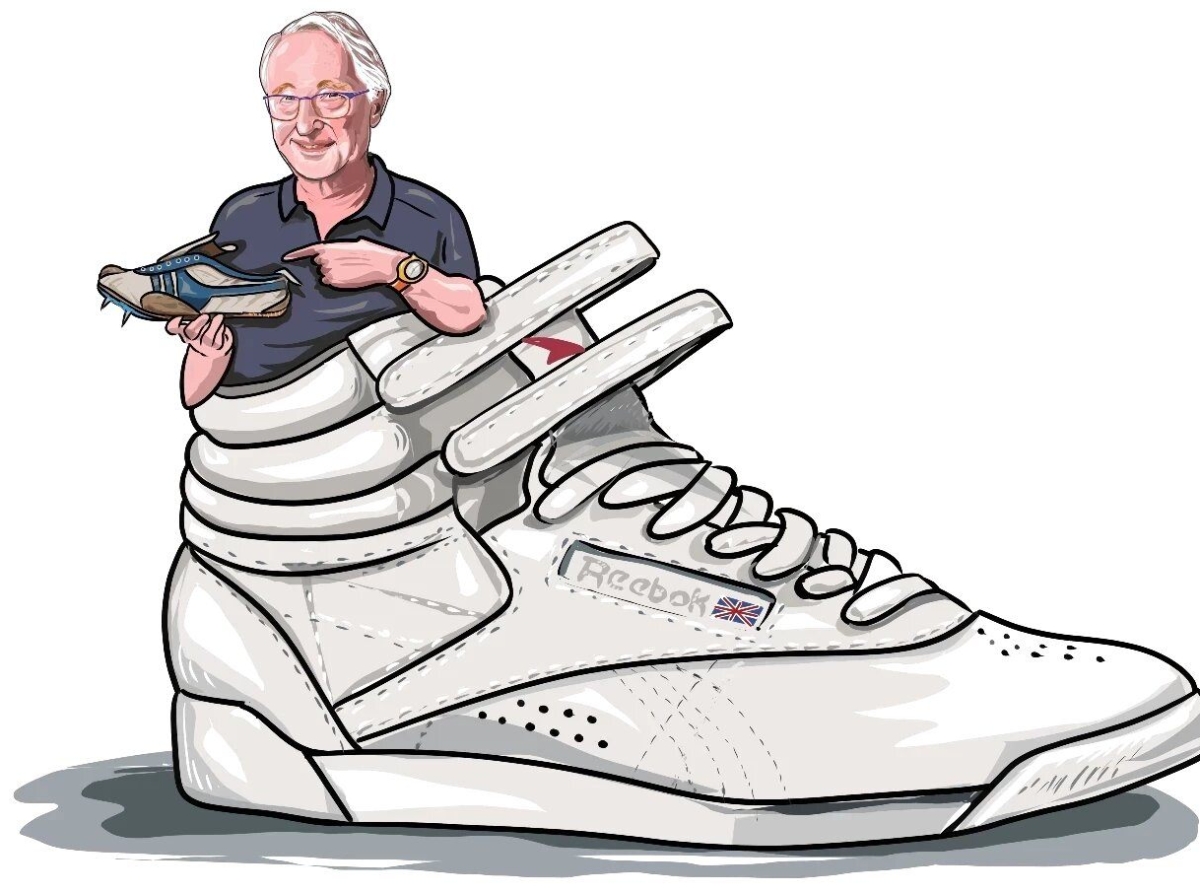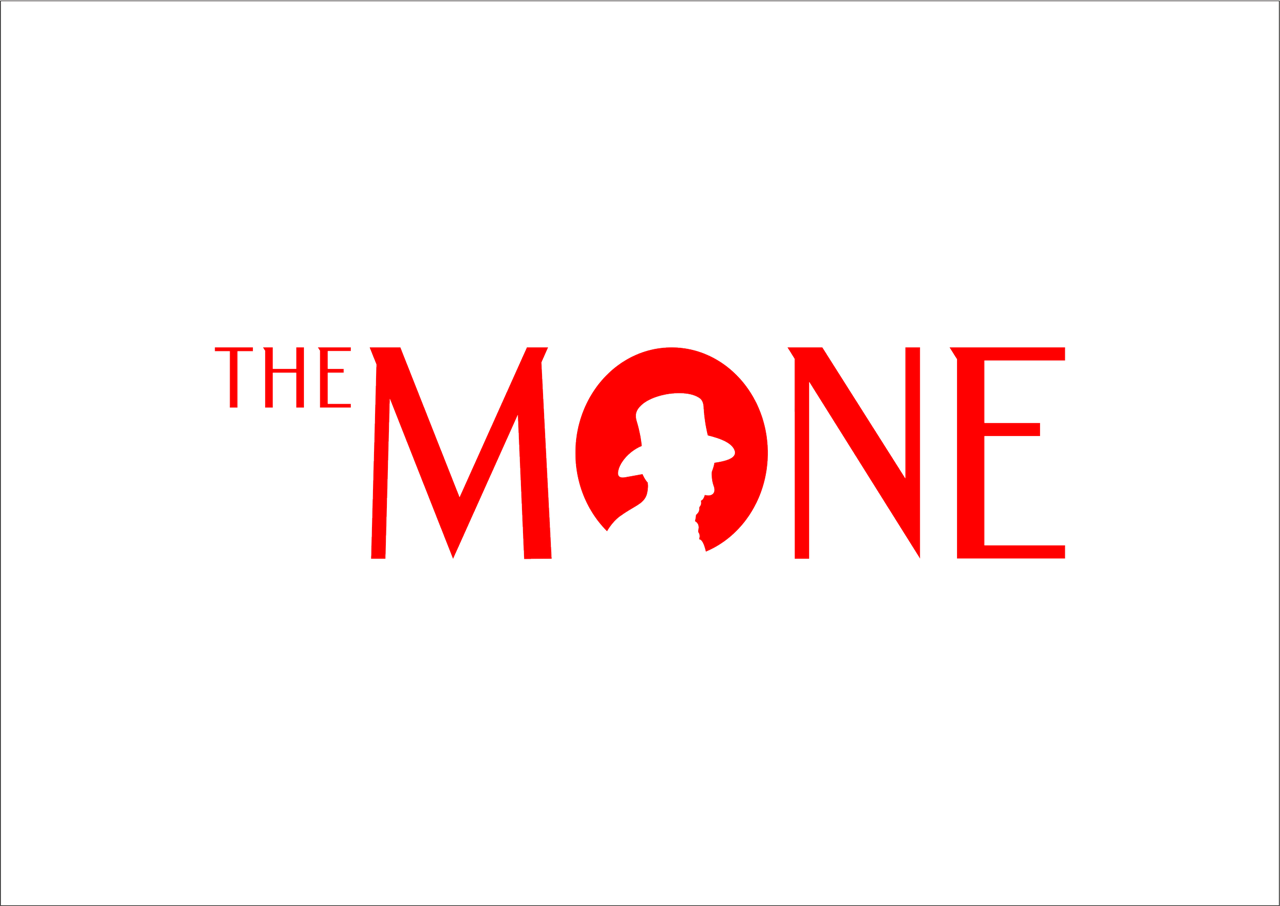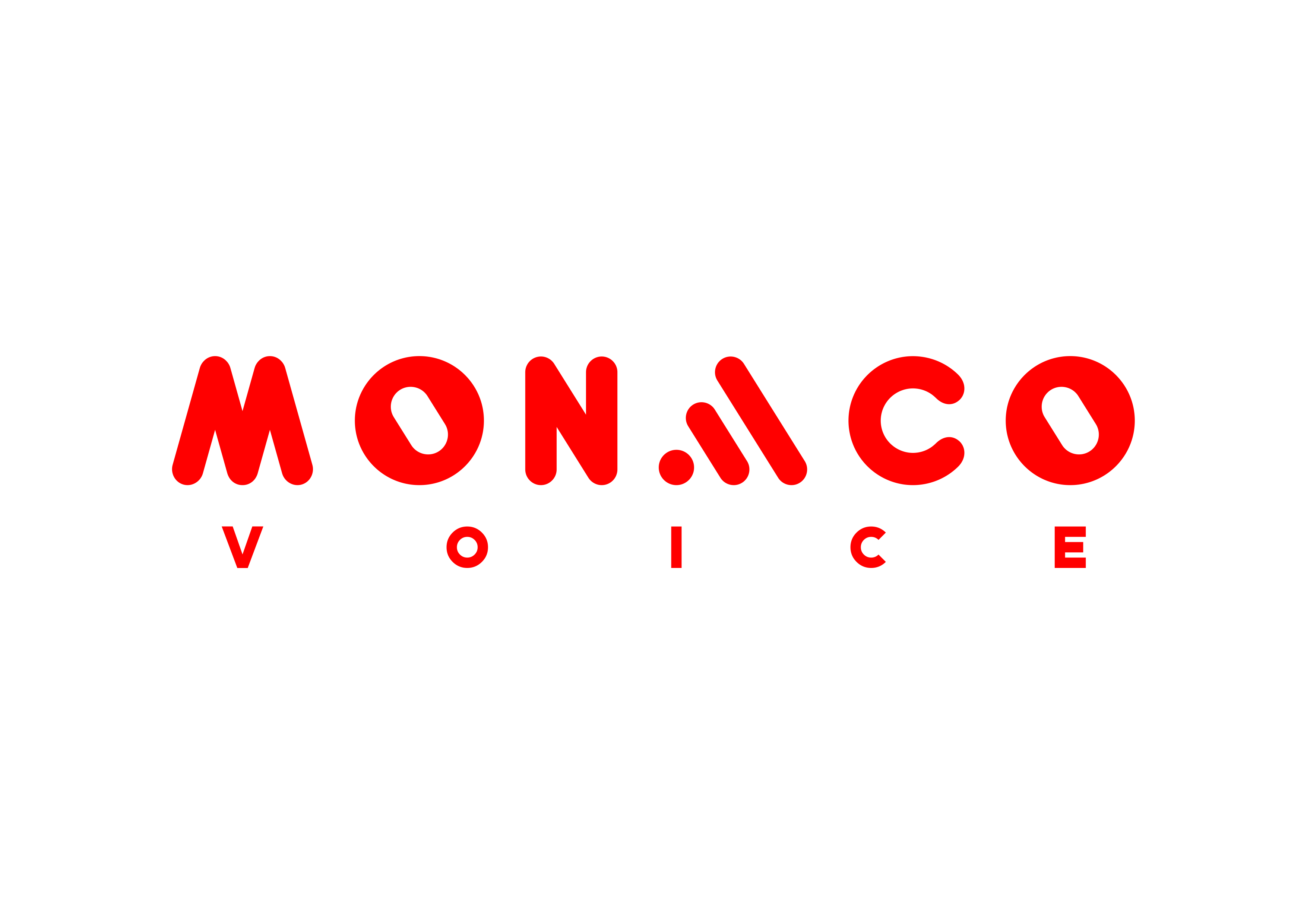In a publication where world leaders, royals, and cultural icons speak in their own words, The Monegasque™ has carved a unique place in international media. Its editorial philosophy rejects third-person narratives in favor of first-hand accounts, offering readers direct access to figures who have shaped history and continue to influence global affairs. In its latest issue, Joe Foster - co-founder of Reebok - joins this chorus of singular voices.
Foster’s article, Thinking Outside the Shoebox, is the first in a two-part series that traces the creation of one of the most recognizable brands in athletic wear. His story, spanning three generations, offers a rare look into the making of Reebok, from a small workshop in Bolton, England, to its rise as the world’s top sports brand by the late 1980s.
The Foster family's roots in sports footwear stretch back to 1895, when Joe’s grandfather, J.W. Foster, developed some of the earliest spiked running shoes. These innovations helped British athletes claim Olympic gold in 1924, feats later dramatized in Chariots of Fire. Yet, as Foster recounts, success in one generation did not guarantee continuity. By the 1950s, J.W. Foster & Sons was faltering under fractured leadership.
Joe and his brother Jeff left the family business in 1958 to start anew. With little capital but a clear sense of purpose, they founded what would eventually become Reebok. The original name, Mercury Sports Footwear, had to be abandoned due to a trademark conflict. The brothers submitted a list of alternatives to their agent; “Reebok,” a name Joe pulled from an American dictionary, was their preferred choice. They secured the name - and a brand was born.
Over the next decade, the brothers refined their product line and sought a foothold in the U.S. market. Foster’s account details six failed attempts to secure an American distributor. Persistence paid off. In 1979, a distributor in Boston agreed to take on Reebok. Within two years, the company had caught the attention of the U.S. running market.
Then came the turning point: aerobics. Reebok’s “Freestyle” model, designed specifically for women, transcended fitness to become a fashion staple. Hollywood figures adopted the shoes, accelerating their visibility. Demand exploded. Between 1983 and 1987, Reebok’s revenue climbed from $9 million to $900 million, overtaking Adidas and Nike to become the global leader in athletic footwear.
Joe Foster now lives in Tenerife. He is the author of Shoemaker and serves as Reebok’s ambassador as well as Chairman of LetsLocalise. His story, told in The Monegasque™, reflects the strategic decisions and persistence behind Reebok’s global rise.
More from The Monegasque™ contributors can be found at monegasque.com
Vladyslava Garkusha is an Actress, TV Host, Model, and Editor-at-Large of Dubai Voice. The People, Dubai, World and Global Perspective.









